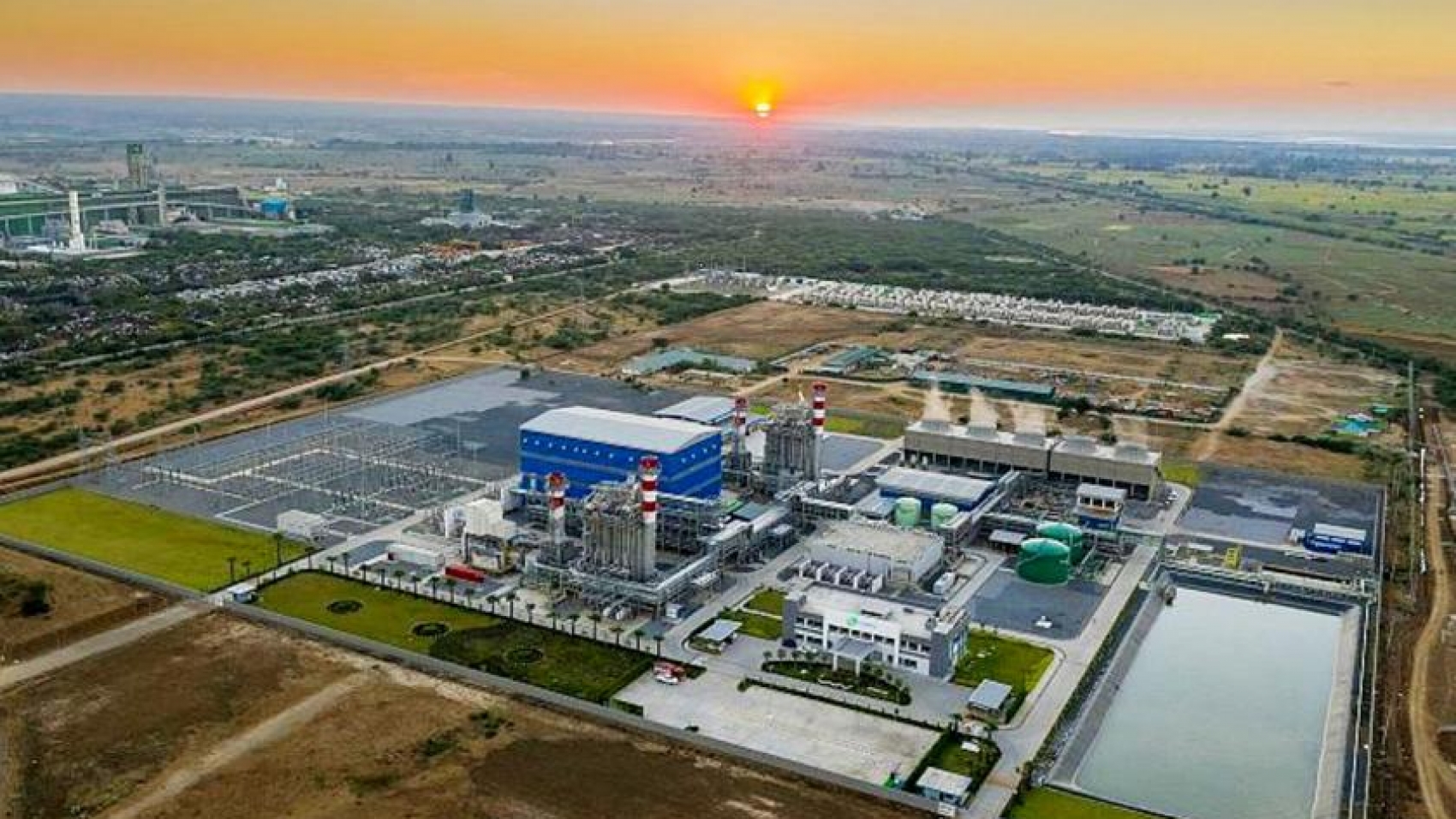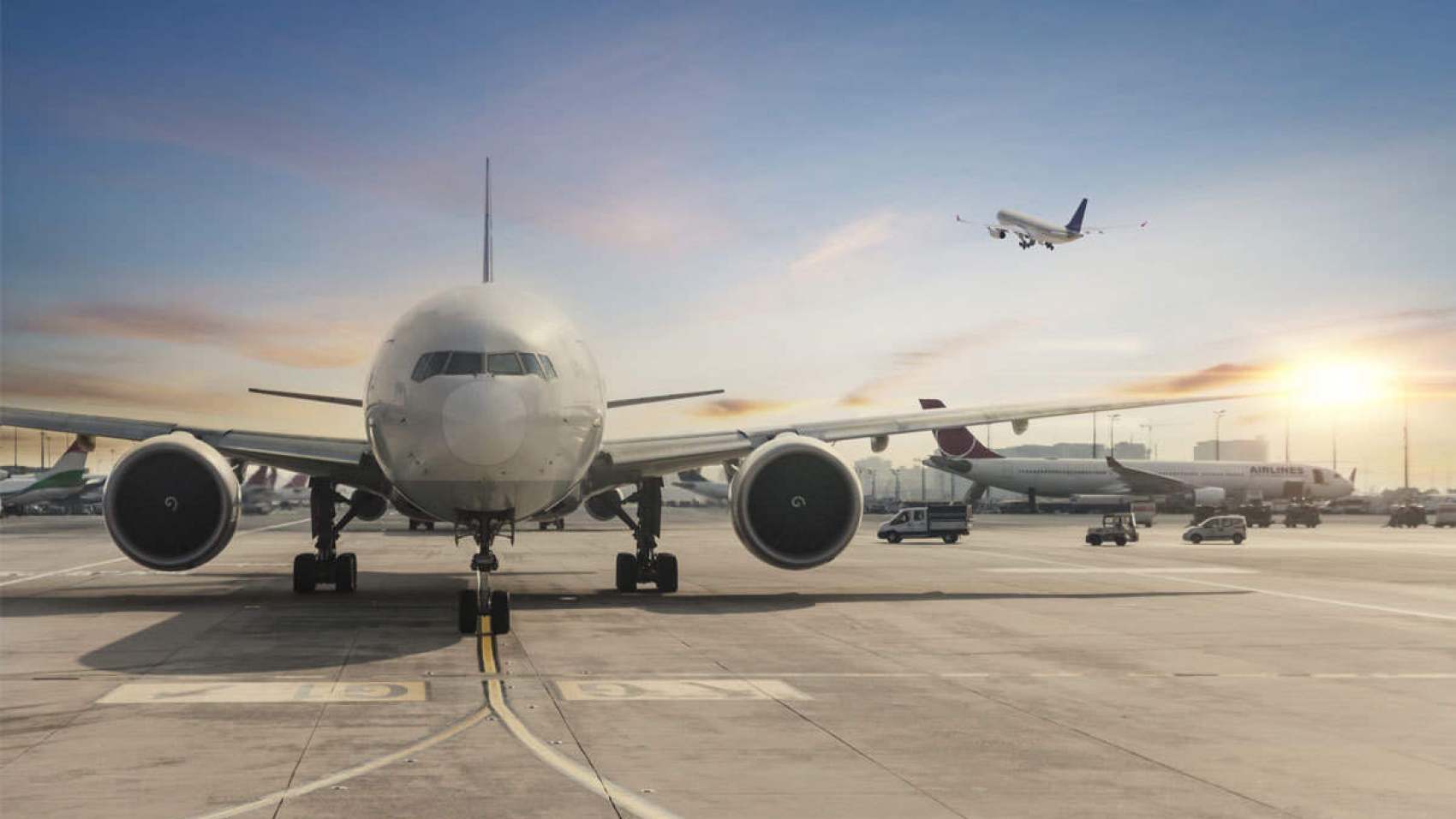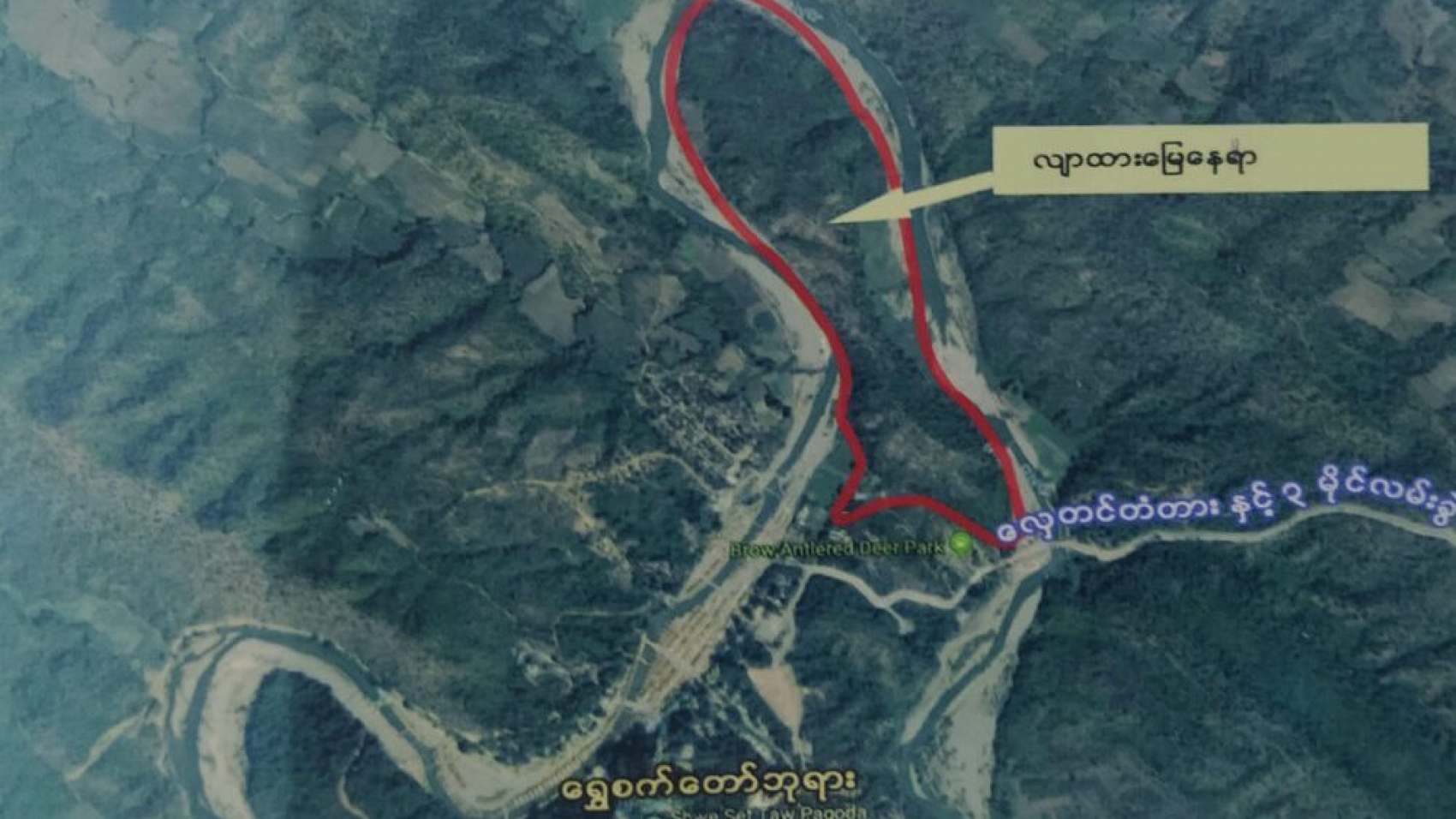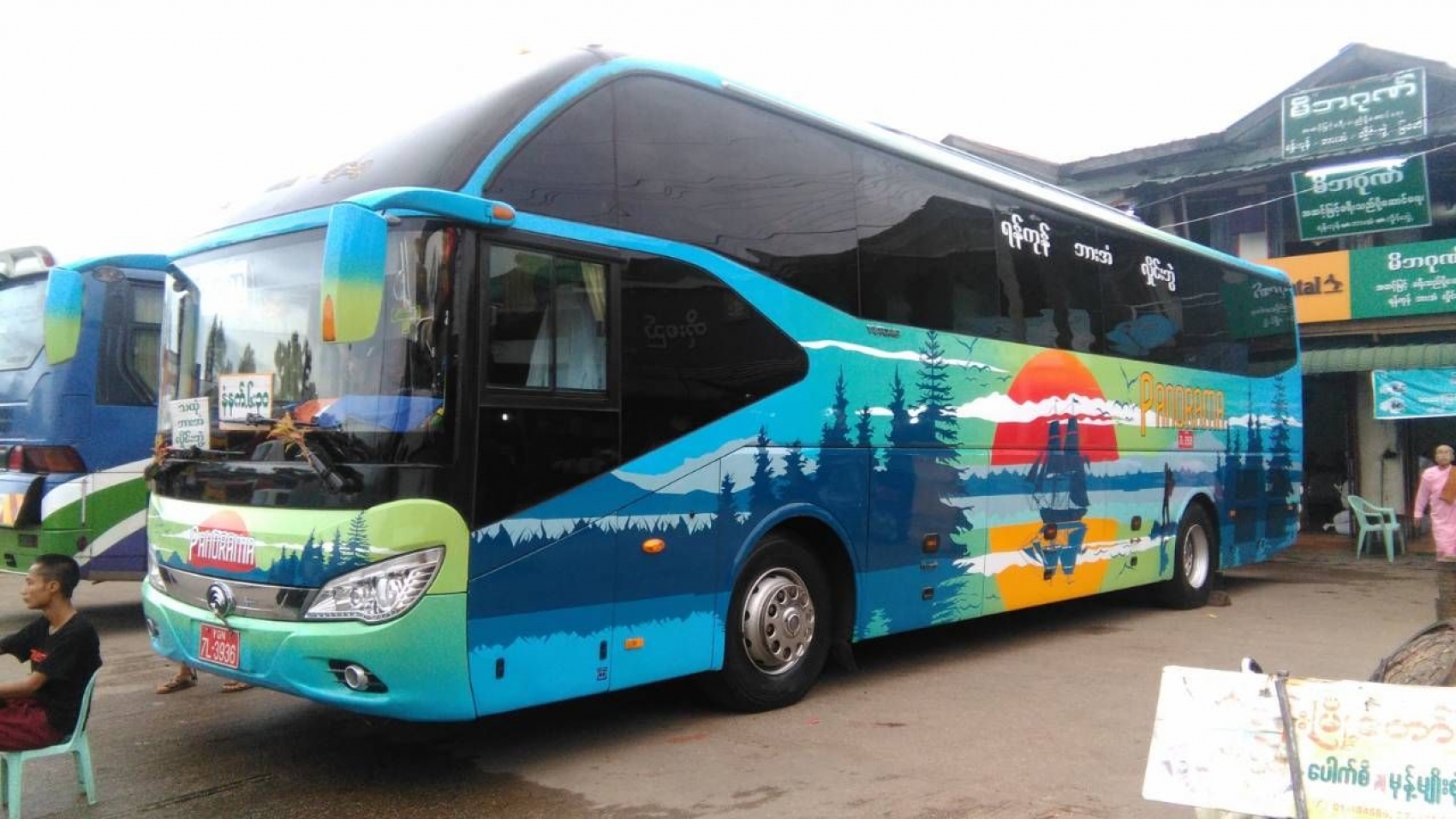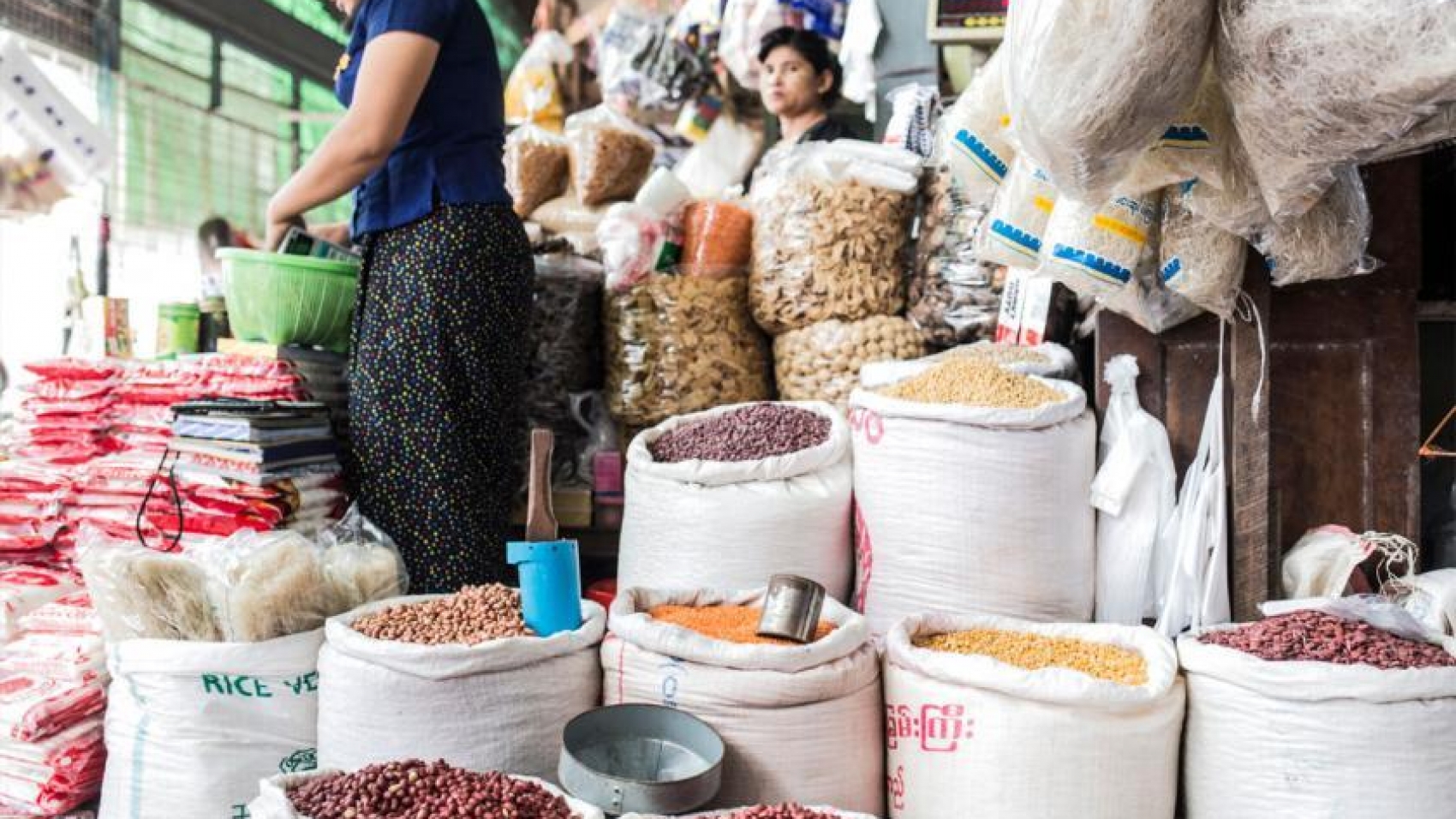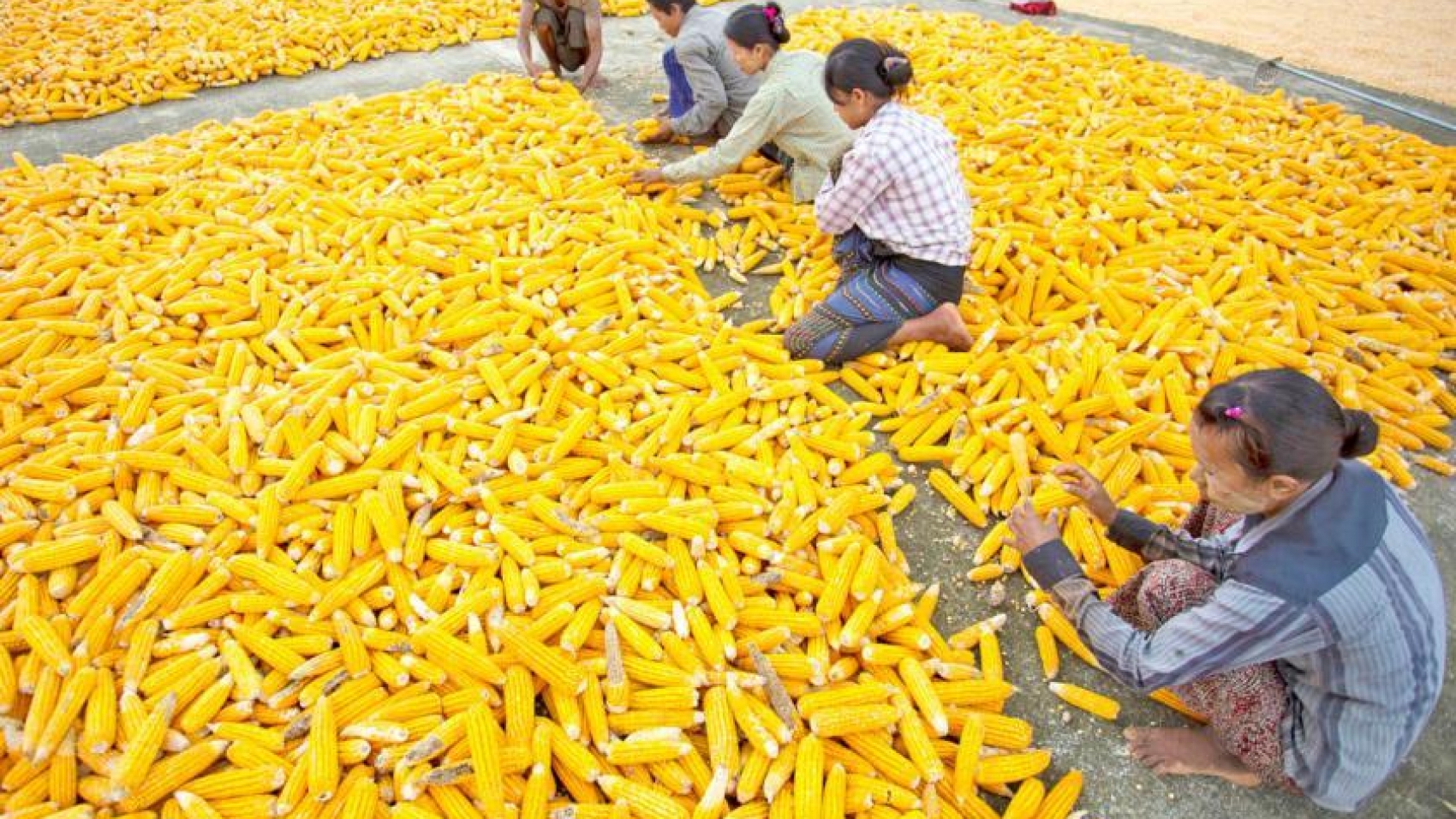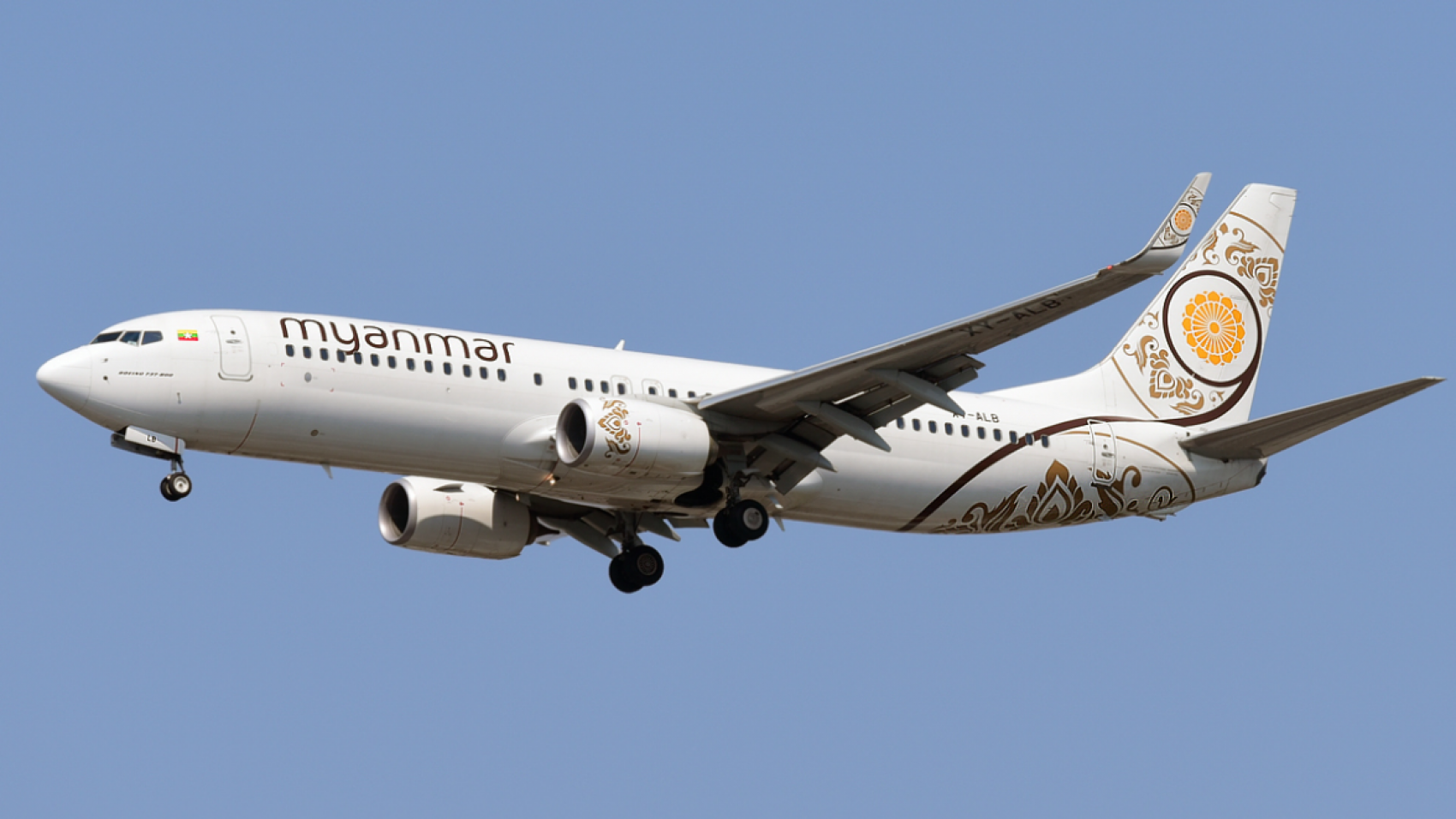The Ministry of Hotels and Tourism has given the hotels, motels and guest houses in Magway Region permission to welcome back customers starting from May, 2021. A total of 50 hotels and motels have been closed since the COVID-19 pandemic was declared last year and 20 of them were reopened in accordance with the COVID-19 rules and regulations set by the Ministry of Health and Sports since April and now all of 50 are reopened.
The hotels and tourism sector in the region is reportedly relying on the domestic travellers and resumption of the business will yield income and eventually profit, an official from the ministry said. The hotels, motels and guest houses are fully booked during the university graduation period and the “Shwesettaw pagoda Buddha Pujaniya festival” which lasts about five months. The hotels and tourism sector in Magway Region generates money from the domestic and international tourists who come to the pagoda Buddha Pujaniya festivals.
The tourist sites including Myathalun pagoda, Gangaw Tahtaung pagoda and Kwechaung fortress in Magway Township, Malun emerald alms-bowl pagoda and Minhla fortress in Minhla Township, Sekkeinte pagoda, Nagapwet mountain, Shwesettaw pagoda, Shwesettaw Wildlife Sanctuary and the elephant camp in Minbu Township, Yokesone monastery and ancient pagodas in Sagu, and Sandagu Natha Kyaungtawya pagoda and Lekaing Yokesone monastery in Pwintbyu township are famous tourist sites in Magway Region. It is reported that plans are underway to develop new tourist destinations for the changing tourism industry in the post-COVID-19 era so as to attract homegrown and international tourists in addition to preservation of ancient cultural heritages and conservation of natural beauties.
Source: The Global New Light of Myanmar


